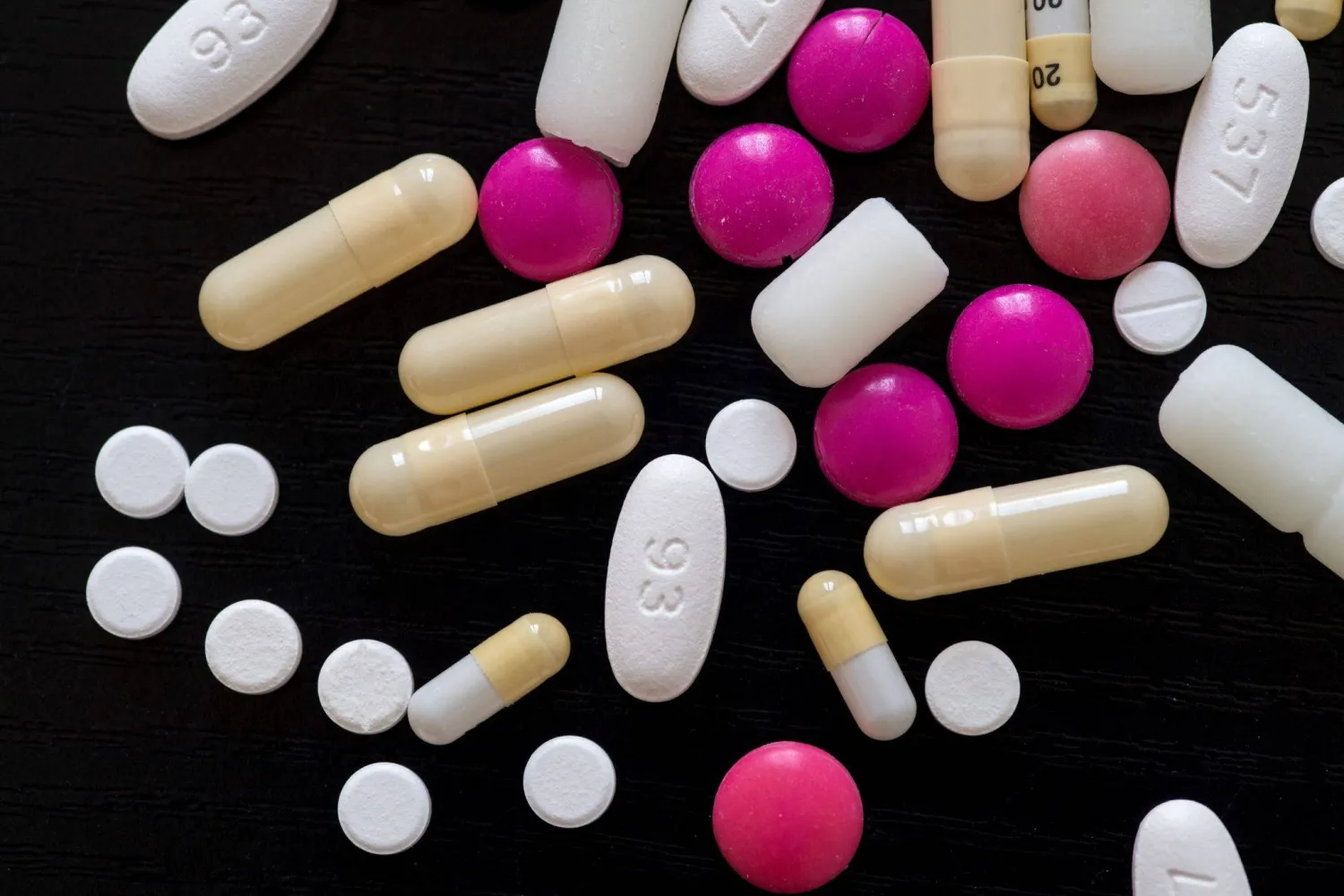A team of scientists have created a “cancer-killing pill” that has appeared to “annihilate” solid tumors, leaving healthy cells unaffected.
According to Sky News, the new drug has been in development for 20 years, and is now undergoing pre-clinical research in the US.
Known as AOH1996, it targets a cancerous variant of a protein called proliferating cell nuclear antigen (PCNA).
AOH1996 is being worked on by City of Hope, one of America’s largest cancer research and treatment organizations.
Professor Linda Malkas, who has been developing the drug, explained: “In its original form, PCNA is ‘critical’ in the replication of DNA, and the repair of all ‘expanding tumors’. However, PCNA can uniquely be altered in cancer cells.”
Unlike radiotherapy, which harms both healthy and cancer cells, “the drug targets PCNA only in cancer cells without affecting the healthy ones,” she added.
“PCNA is like a major airline terminal hub containing multiple plane gates. Our cancer-killing pill is like a snowstorm that closes a key airline hub, shutting down all flights in and out only in planes carrying cancer cells,” she said.
The team noted that their first trials involved animal and human cell models, and the initial results are promising, but they still need a clinical trial in humans.







